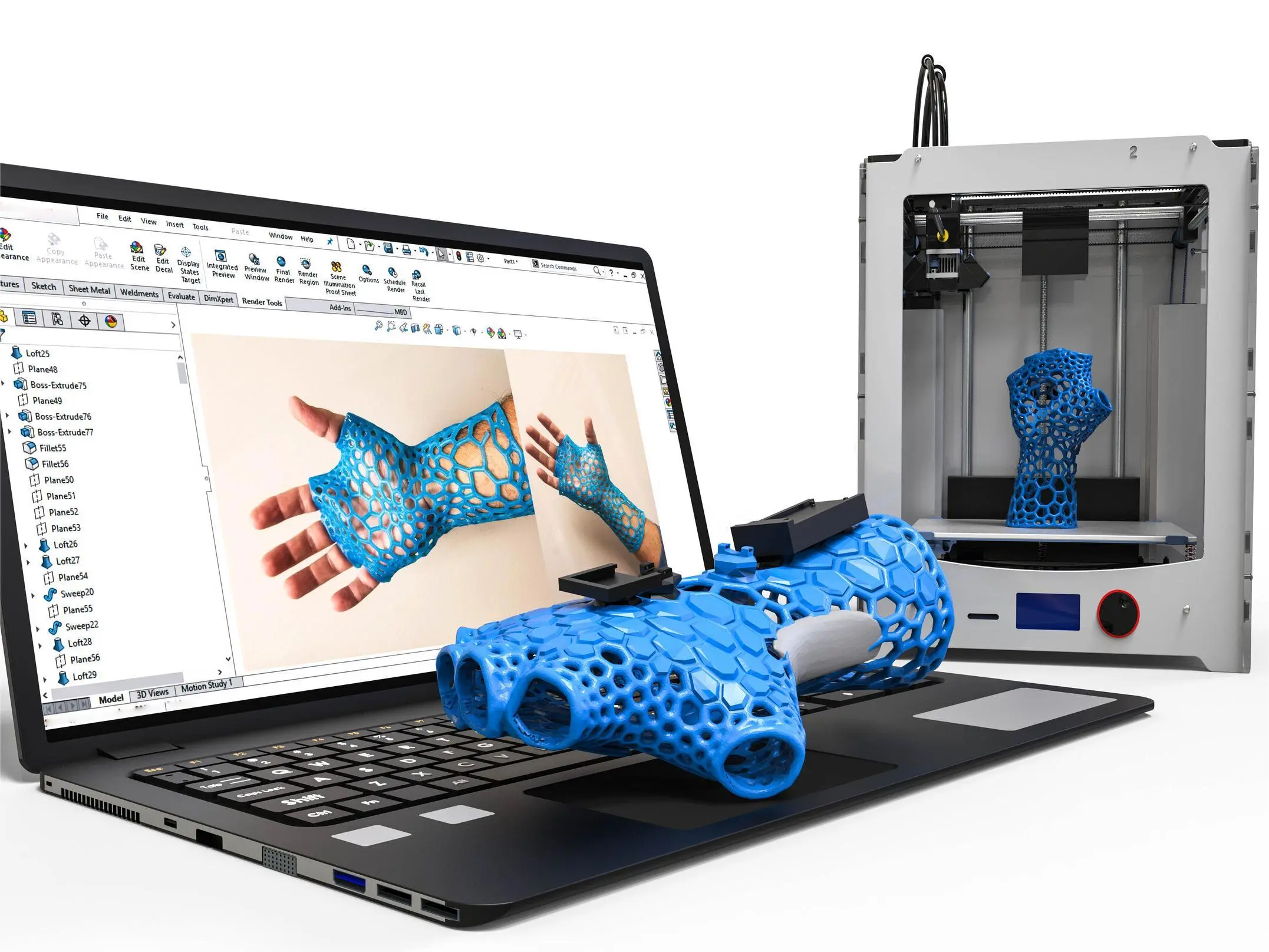
- +8615586668226
- [email protected]
- No. 30, Hongbang Industrial Park, Shenzhen

A prototype acts as a preliminary model of your final product, allowing for tangible testing and feedback before full-scale production.
As a CNC fabrication manufacturing plant, we recognize that prototyping is the backbone of successful product launches.
Rapid prototyping is a collection of techniques used to fabricate a scale model of a part quickly.
Choosing the right rapid prototyping technology depends on the specific needs of your product design.
| Technique | Material | Advantages |
|---|---|---|
| SLA | Resin | High detail, smooth surface |
| SLS | Nylon and other powders | Durable prototypes |
| FDM | Thermoplastics | Affordable and accessible |
The rapid prototyping process involves several key stages:
This iterative process allows multiple iterations, each refining the design until the finished product is perfected.
Rapid prototyping offers numerous benefits:
These advantages of rapid prototyping make it an invaluable tool for industries eager to innovate.
Despite its many benefits, there are some challenges:
Balancing these disadvantages of rapid prototyping with its benefits is key to effective product development.
3D printing plays a crucial role in the creation of rapid prototypes.
3D printing technologies push the boundaries of what’s possible in rapid prototyping.
CAD software is integral to the design process of a prototype.
Mastering these prototyping tools is essential for any development team aiming for success.
Understanding the difference between high-fidelity and low-fidelity prototyping is crucial.
Choosing the right prototyping techniques is essential depending on the project stage.
Engaging with professional rapid prototyping services opens doors to high-quality outputs.
Our Rapid Prototyping Services are designed to support a wide range of industries, from aerospace to consumer products.
Rapid prototyping significantly influences UX and product design by:
Incorporating UX considerations early on ensures a successful product development process.
What is rapid prototyping?
Rapid prototyping is a collection of techniques used to quickly fabricate a scale model of a part or assembly using 3D printing and other technologies.
What are the main advantages of rapid prototyping?
The main benefits include faster product development, cost savings, and the ability to refine designs through iterative testing.
How does rapid prototyping differ from traditional manufacturing?
Rapid prototyping focuses on speed and iteration, whereas traditional manufacturing prioritizes mass production and efficiency.
What materials can be used in rapid prototyping?
Materials range from various plastics in 3D printing to more robust options like metal powders in additive manufacturing.
How can rapid prototyping improve the design process?
It allows for multiple iterations and real-world testing, helping to identify and rectify potential design flaws before moving to full-scale production.
Embark on your prototyping journey with us. Let us help transform your ideas into reality with precision and speed.
Get the latest trends and facts about CNC fabrication from our blog.
Shenzhen Runkey Precision Technology Co. Ltd, a subsidiary of the Tensun Group, is your trusted one-stop solution for custom manufacturing from prototyping to production.Transforming your idea into reality with digital manufacturing resources,streamlined processes, expert guidance,accelerated timelines, and uncompromising quality.
©2024. CNC Fabrication All Rights Reserved.